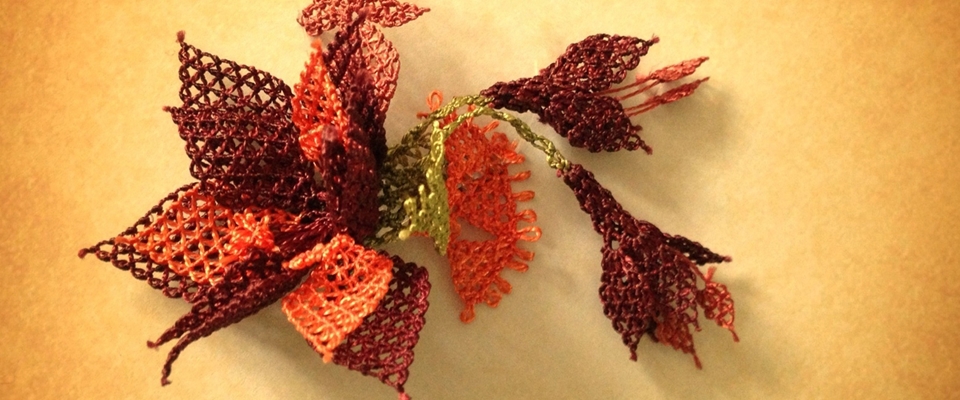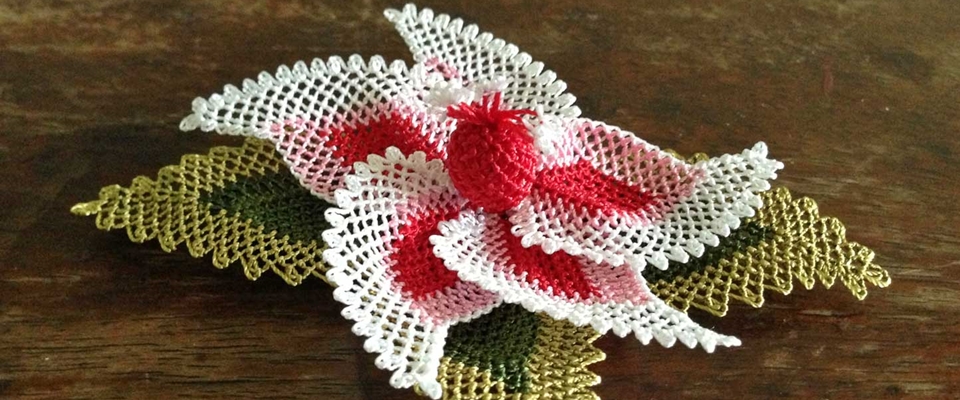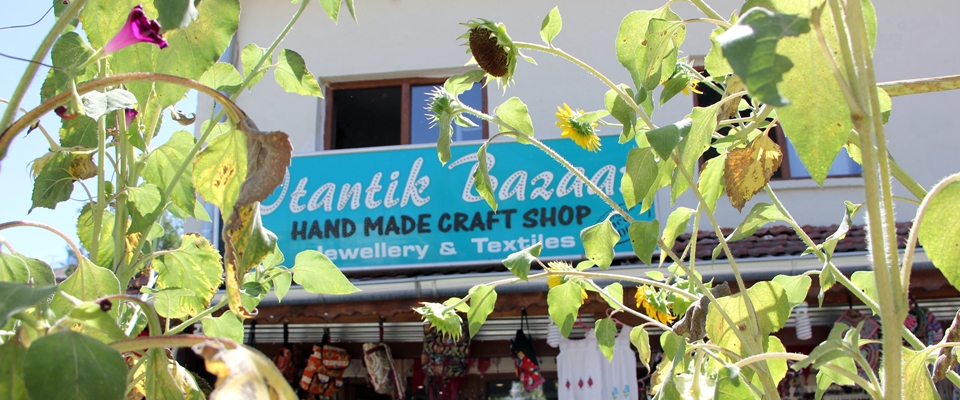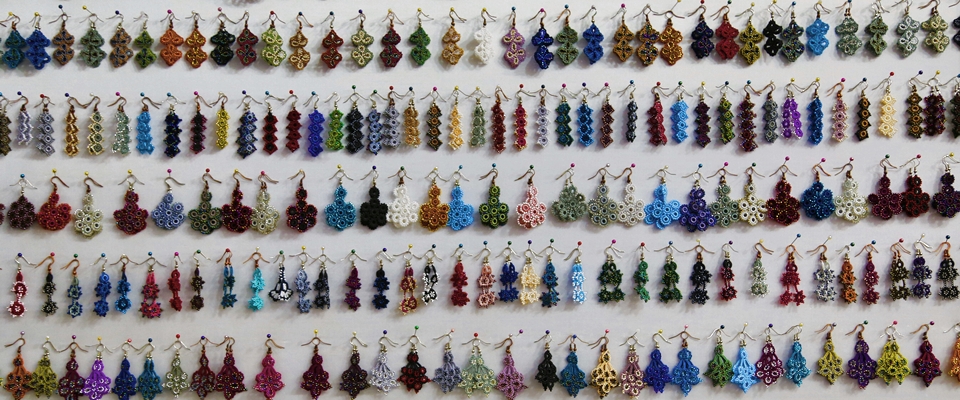
Traditional Embroidery Art - Oya Shop
Traditional Embroidery Art - Oya
Embroidery is the ornamentation of materials such as leather, cloth or felt with silk, wool, linen, cotton and metal threads and needles. Oya is likened to the lace and named as Turkish lace. The lace became known in Europe in 16th century. In 1594, it was included in the French Academy Dictionary as lace and is known with this name in the western languages. The ordinary lace is 2 dimensional however oya is knitted tri-dimensionally. Based on the ancient samples found in the excavations in 1905, it was also determined that this art goes back to 2000 B.C. As to the some resources, the needle works passed from Anatolia to Greece and then to Italy and Europe in 12th century.
The embroidery techniques and needles that are used today are the end product of many changes based on economic and geographic conditions and aesthetical values.
Turkish embroidery techniques according to the way the needle is used; the needle may applied to the woven threads (Chinese needle, Romanian needle, Cretan needle, French knot, calculation needle, herringbone, eyebrow etc); or to pull the woven threads (scalloped ribbon); needles may help to close the threads (Bukhara knot, Jacobean weft, Maraş work, applique, bead work, sequin work), or to bind the threads (patchwork, dove eye, Antep work, passing work etc.)



